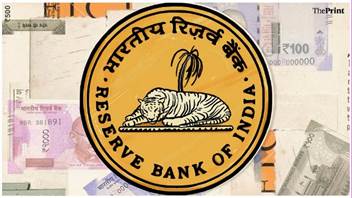Free Courses Sale ends Soon, Get It Now


Free Courses Sale ends Soon, Get It Now



Disclaimer: Copyright infringement not intended.
Context
RBI’s Survey
The RBI has released the results of seven surveys that it conducts. Each of these surveys throws light on some aspect or the other of the Indian economy.
Here’s a summary of what they are and what they found.
© 2024 iasgyan. All right reserved